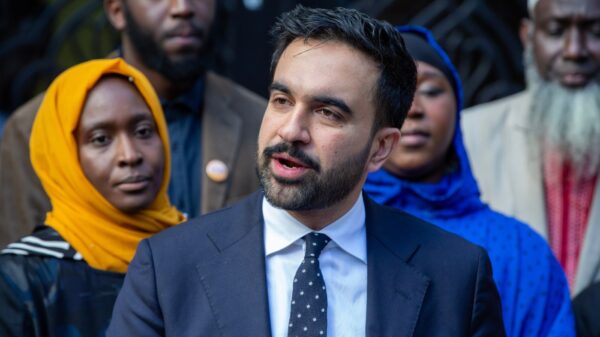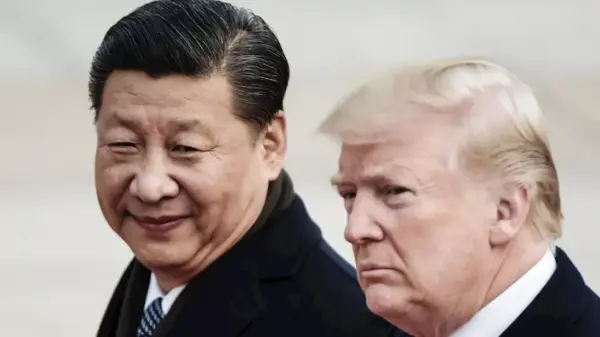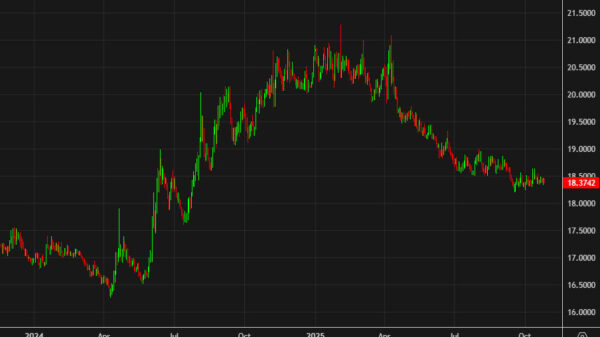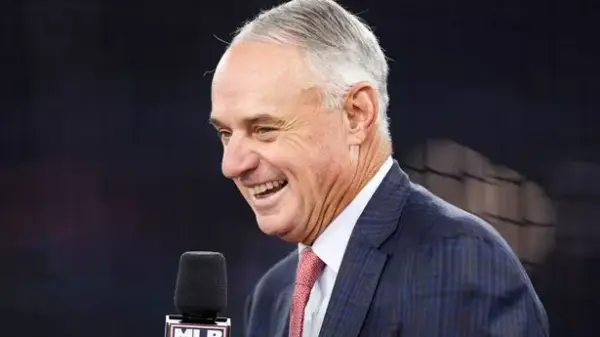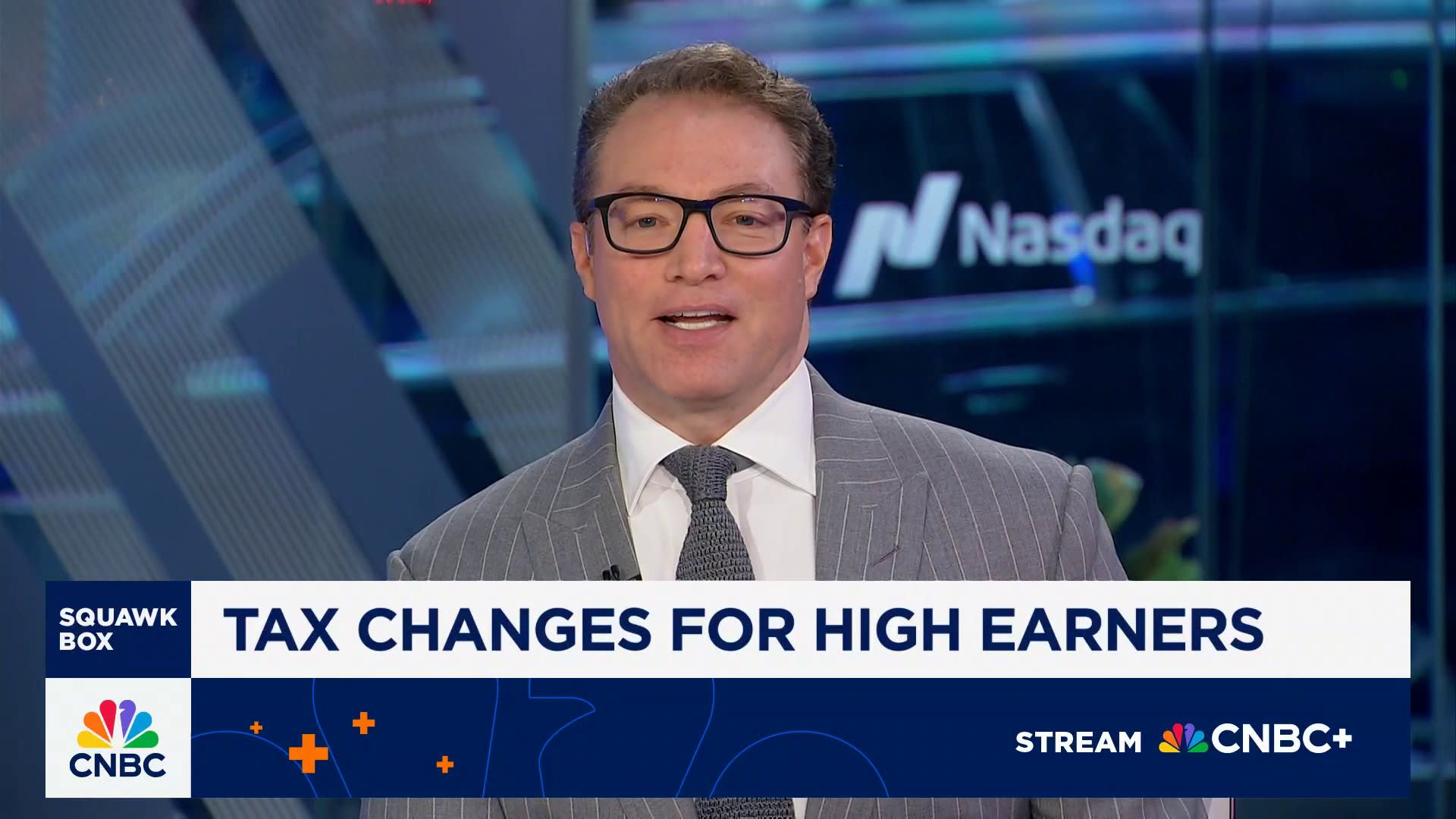The recent tax and spending bill signed by President Trump is set to bring significant changes for high earners and investors across the United States. CNBC’s Robert Frank provided an in-depth analysis on ‘Squawk Box,’ highlighting how these modifications could reshape financial landscapes for affluent individuals.
Under the new legislation, high-income earners are expected to see adjustments in their tax liabilities, which could influence investment strategies and economic behavior. The bill, which aims to stimulate economic growth, has sparked a mix of anticipation and concern among financial experts and taxpayers alike.
Key Provisions of the Tax Bill
The tax changes primarily focus on altering the income tax brackets and adjusting the rates that apply to the highest earners. The corporate tax rate has also been slashed significantly, a move that proponents argue will encourage business investment and job creation.
For individuals, the bill introduces a cap on state and local tax deductions, which is likely to impact those living in high-tax states. This change is expected to hit high earners particularly hard, as they previously benefited from substantial deductions that lowered their taxable income.
Impact on Investment Strategies
Investors are closely monitoring the bill’s implications for capital gains and dividend taxes. While the rates remain unchanged, the broader economic effects of the bill could influence market dynamics. Financial advisors are urging clients to reassess their portfolios to align with the new tax landscape.
“The tax bill is a game-changer for high-income investors. It’s crucial to understand how these changes affect both short-term and long-term financial goals,” said a leading financial analyst.
Historical Context and Comparisons
This development follows a long history of tax reforms aimed at stimulating economic activity. Comparisons have been drawn to the tax cuts implemented during the Reagan administration, which similarly aimed to boost economic growth through reduced tax burdens on individuals and corporations.
However, critics argue that such measures disproportionately benefit the wealthy, potentially widening the income gap. Historical data suggests mixed outcomes from past tax reforms, with some periods of economic expansion and others of increased fiscal deficits.
Expert Opinions and Analysis
Economists remain divided on the long-term impacts of the bill. Some predict that the reduced corporate taxes will lead to increased investment and job creation, while others caution that the benefits may not trickle down to the broader population.
“While the intention is to spur growth, the actual impact on economic inequality remains uncertain,” noted a renowned economist. “It’s essential to monitor how these changes play out over the next few years.”
Looking Ahead: Implications and Next Steps
The move represents a significant shift in fiscal policy, and its effects will likely unfold over the coming years. High earners and investors are advised to stay informed and proactive in managing their financial affairs in response to these changes.
Meanwhile, policymakers and analysts will continue to debate the merits of the bill as its consequences become more apparent. As the nation adapts to this new tax environment, the conversation around economic equity and fiscal responsibility is expected to intensify.
In conclusion, the tax changes for high earners signify a pivotal moment in U.S. economic policy, with potential ripple effects across various sectors. Stakeholders are encouraged to engage with financial advisors to navigate this evolving landscape effectively.











